Home>Ideas and Tips>When To Replace Your Roof: Signs To Watch For
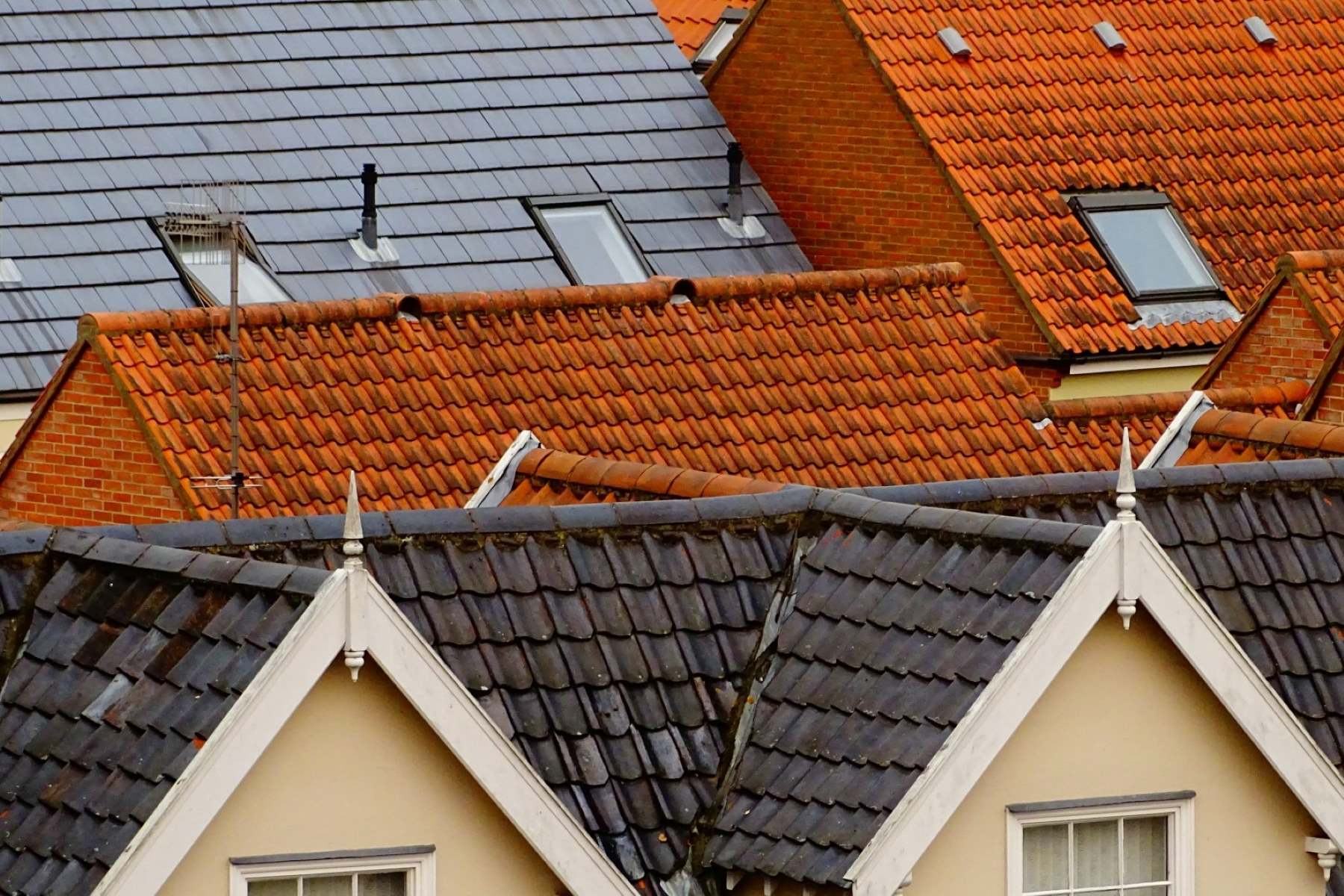

Ideas and Tips
When To Replace Your Roof: Signs To Watch For
Modified: October 20, 2024
Discover the key signs that indicate it's time to replace your roof. Learn about age, wear, water damage, and more to protect your home.
(Many of the links in this article redirect to a specific reviewed product. Your purchase of these products through affiliate links helps to generate commission for Storables.com, at no extra cost. Learn more)
Replacing a roof is one of the most significant investments a homeowner can make. It not only enhances the aesthetic appeal of your home but also ensures the structural integrity and safety of your living space. However, determining when to replace your roof can be challenging, especially if you're not familiar with the signs of deterioration. In this article, we will delve into the various signs that indicate it's time to replace your roof, helping you make an informed decision about whether to repair or replace your current roofing system.
Age of the Roof
One of the most straightforward indicators that your roof needs replacement is its age. Most roofs have a lifespan ranging from 15 to 30 years, depending on the type of roofing material used and the quality of installation. For example, asphalt shingles typically need to be replaced every 15 to 20 years, while metal roofs can last up to 50 years or more with proper maintenance.
If you're unsure about the age of your roof, there are several methods to determine it:
- Check the Manufacturer's Label: Many roofing materials come with a label indicating the date of manufacture.
- Consult with a Professional: A roofing expert can inspect your roof and provide an estimate of its age based on its condition.
- Look for Installation Records: If you have records from when the roof was installed, this information can be invaluable.
Visible Wear and Tear
As your roof ages, it will develop signs of wear and tear. These indicators are crucial because they can signal impending problems if left unaddressed. Here are some common signs of visible wear and tear:
-
Discolored Shingles: Shingles that are discolored or faded may indicate exposure to the elements over time. Discoloration can also be a sign of algae growth, which can lead to further damage if not treated.
-
Sagging Along the Ridge or Other Areas: A sagging roof is a clear indication that the structure of your roof is compromised. This can occur due to various reasons such as improper installation, poor ventilation, or excessive weight from snow or debris.
-
Moss or Algae Growth: Moss and algae growth on your roof can indicate that the shingles are holding onto moisture, which can lead to further damage over time. Regular cleaning can help prevent this issue but may not completely eliminate it.
-
Granule Loss or Granules in Gutters: Asphalt shingles have granules that help protect them from UV rays. If you notice granules in your gutters, it could be a sign that your shingles are nearing the end of their lifespan.
-
Shrinking or Curling Shingles: Shingles that are shrinking or curling are no longer able to provide adequate protection against the elements. This can allow water to seep into your home, causing leaks and other structural issues.
Water Damage
Water damage is one of the most critical signs that your roof needs replacement. Here are some indicators of water damage:
-
Discoloration on Ceiling or Attic: If you notice discoloration on your ceiling or attic, it could mean water has penetrated your roof sheathing and caused an internal leak. This can lead to serious problems like mold growth, structural damage, and even collapse.
-
Leaks in Multiple Areas: Continuous leaks in multiple areas of your roof indicate improper installation or a roof that has reached its maximum lifespan. While occasional leaks might be repairable, persistent issues suggest it's time for a new roof.
-
Rotting Wood: If you see any rotting wood on your roof, it's usually a sign that your roof has been compromised and needs to be replaced. Rotting wood can weaken the structure of your roof, making it unsafe for habitation.
Storm Damage
Roofs can be damaged by various weather conditions such as hail, wind, and heavy snowfall. Here are some signs of storm damage:
-
Missing Shingles: Missing shingles or whole roof sections can leave your roof decking exposed, making it vulnerable to further damage from rain and other elements.
-
Dents and Bruises on Shingles: Hail damage can be difficult to spot without an expert eye. Look for dents and bruises on shingles, which may require experience to identify.
-
Collateral Damage: Check for collateral damage around your property such as dents on gutters and downspouts, holes in window screens, dings to painted wood or shutters, splatter marks on electric meters or AC units, and dents to mailboxes and other soft metals.
Roofing Material Specific Signs
Different types of roofing materials have unique signs that indicate they need replacement:
-
Metal Roofs: Metal roofs can develop rust if not properly maintained. Look for signs of rust or loose fasteners, which indicate the need for replacement.
-
Solar Roofs: Solar roofs combine traditional roofing with renewable energy generation. Signs that indicate a solar roof needs replacement include decreased energy production, physical damage from severe weather events, outdated technology, and frequent electrical issues within the panel system.
Read more: When To Replace Water Pump And Timing Belt
Energy Efficiency Issues
A roof that is no longer energy-efficient can significantly increase your utility bills. Here are some signs related to energy efficiency:
-
Increased Energy Bills: If you've noticed a sharp increase in your energy bills, it could be due to inadequate roofing. Shingles at the end of their lifespan can absorb heat rather than reflect it, leading to higher energy consumption.
-
Cracked or Peeling Paint: Cracked or peeling paint along your ceiling can indicate excessive moisture behind your walls. This is often caused by leaks in your roof, which need immediate attention.
Loose or Damaged Flashing
Flashing is critical for diverting water away from critical areas of your roof like chimneys, skylights, and vents. Here are some signs related to flashing:
- Damaged Flashing: If the flashing around these areas is damaged, water can easily infiltrate critical components of your roof and home. This requires urgent repair or replacement to prevent further damage.
Pest Infestations
Pest infestations can weaken the structure of your roof over time. Here are some signs related to pest infestations:
- Animal Activity: If you notice animal activity such as birds nesting under your eaves or squirrels chewing through shingles, it's a sign that your roof needs attention.
Conclusion
Replacing a roof is a significant investment that requires careful consideration. By understanding the various signs mentioned above—age of the roof, visible wear and tear, water damage, storm damage, material-specific signs, energy efficiency issues, loose or damaged flashing, and pest infestations—you can make an informed decision about whether to repair or replace your current roofing system.
Regular maintenance and inspections are crucial in prolonging the lifespan of your roof. Simple tasks like cleaning out gutters, trimming overhanging branches, and removing debris can prevent issues such as water damage and mold growth.
If you notice any of these signs discussed here, there's a good chance you need a new roof. However, it's always best to consult with a professional roofer for a thorough inspection and accurate assessment specific to your roof type. By staying proactive with maintenance and knowing when it's time for replacement, you can ensure the longevity and integrity of your roof for years to come.
Read more: How To Replace A Watch Glass
Additional Considerations
Before jumping into the roof replacement process, there are several additional considerations you should keep in mind:
-
Budget: Replacing a roof can be expensive. It's essential to set aside funds specifically for this purpose or explore financing options if needed.
-
Insurance Coverage: If your roof has been damaged by extreme weather conditions, your homeowners' insurance may cover most or all of the costs associated with replacement.
-
Local Climate: The local climate plays a significant role in determining how long your roof will last. Areas prone to extreme weather conditions may require more frequent replacements.
-
Roofing Material Options: Different types of roofing materials have varying lifespans and maintenance requirements. For example, metal roofs are durable but may require more frequent inspections for rust.
-
Professional Inspections: Regular professional inspections can help identify potential issues early on, reducing the need for costly repairs down the line.
By understanding these factors and keeping an eye out for the signs mentioned above, you'll be better equipped to make informed decisions about your home's roofing needs.
In conclusion, replacing a roof is not just about aesthetics; it's about ensuring the safety and integrity of your home. By recognizing these signs early on and taking proactive steps towards maintenance and inspection, you can extend the life of your roof and avoid costly replacements in the future. Remember always to consult with professionals who can provide accurate assessments tailored specifically to your roof type.
Final Thoughts
Replacing a roof is an investment in both your home's safety and its value over time. While it may seem daunting at first glance, understanding these signs can help you navigate this process with confidence. Whether you're dealing with age-related issues or storm damage, knowing when it's time for replacement can save you valuable time and money while preventing further damage to your home.
By staying proactive with regular inspections and maintenance tasks like gutter cleaning or debris removal, you can potentially delay the need for costly replacements. If you notice any of these warning signs discussed here—age-related wear and tear, water damage signs like discoloration or leaks in multiple areas—don't hesitate to call a contractor for consultation.
Remember that knowing when it's time for a new roof is crucial for maintaining both functionality and aesthetics in your home. With this knowledge at hand, you'll be well-equipped not only to identify potential problems but also to make informed decisions about how best to protect one of your most significant investments—your home itself.
References: Bill Ragan Roofing. (2024). How Do I Know When I Need a New Roof? Retrieved from https://www.billraganroofing.com/blog/how-know-when-need-new-roof Yale Ledger. (2023). 10 Warning Signs You Need a New Roof. Retrieved from https://campuspress.yale.edu/ledger/10-warning-signs-you-need-a-new-roof/ Hover Blog. (2024). When Should You Replace Your Roof and Shingles? Retrieved from https://hover.to/blog/when-should-you-replace-your-roof-and-shingles Today's Homeowner. (2024). When Should You Replace Your Roof? Retrieved from https://todayshomeowner.com/roofing/guides/when-to-replace-roof/ The Roof Doctors. (2023). 9 Warning Signs You Need A New Roof. Retrieved from https://theroofdoctors.net/9-warning-signs-you-need-a-new-roof/
Was this page helpful?
At Storables.com, we guarantee accurate and reliable information. Our content, validated by Expert Board Contributors, is crafted following stringent Editorial Policies. We're committed to providing you with well-researched, expert-backed insights for all your informational needs.
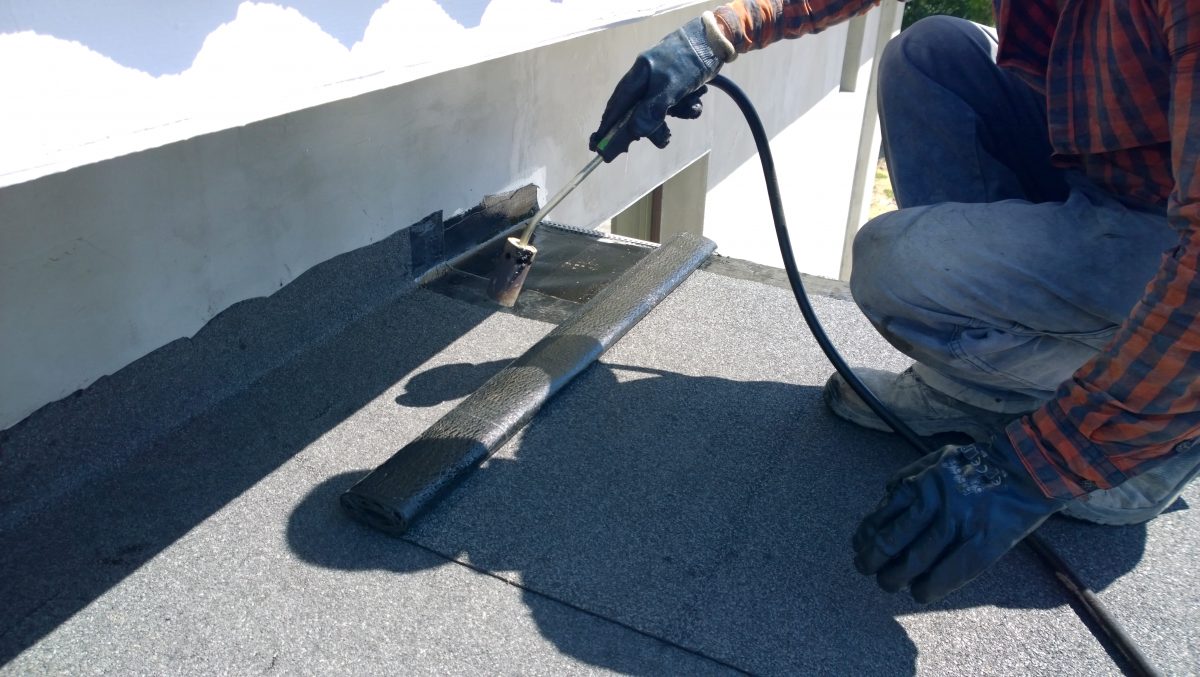
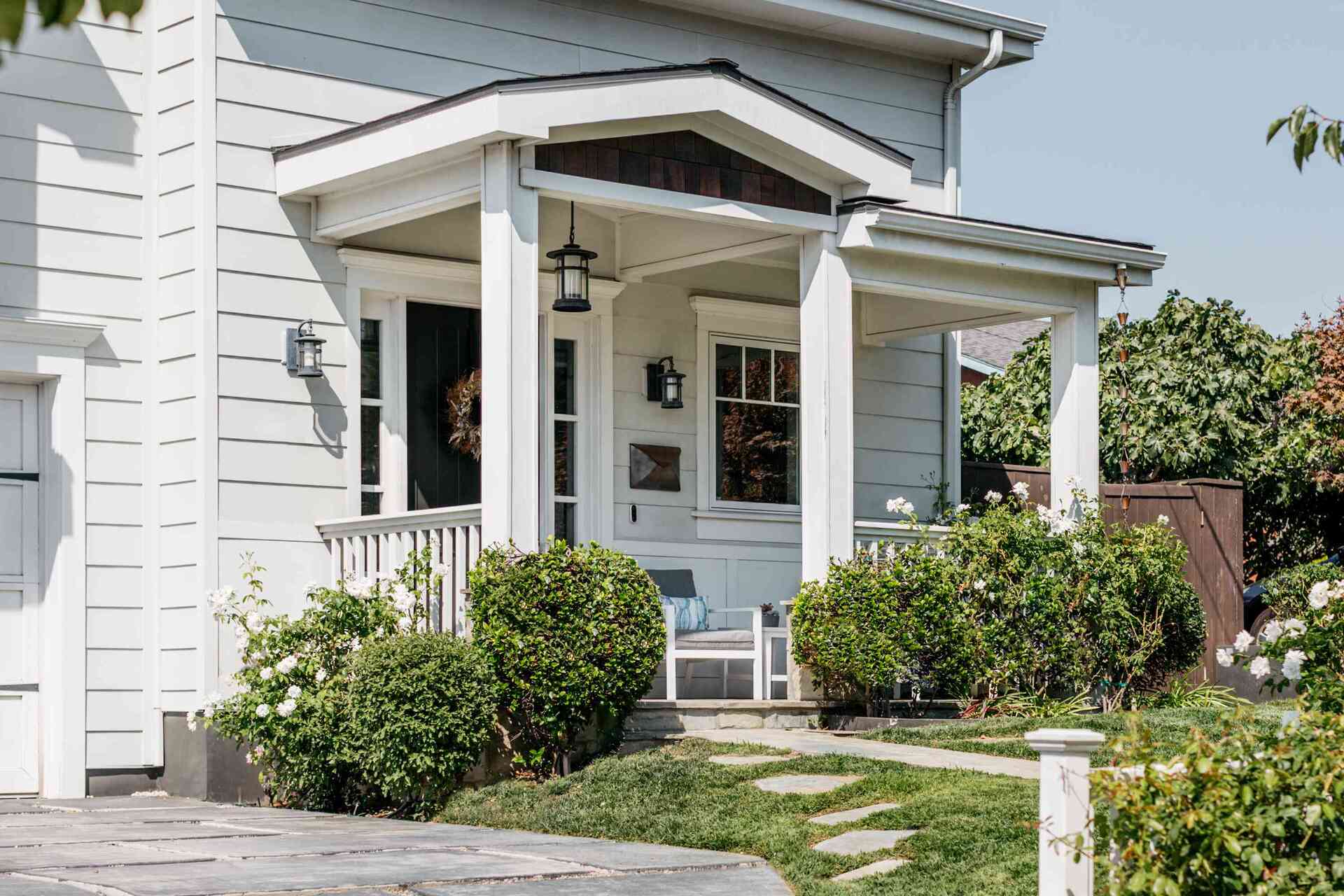
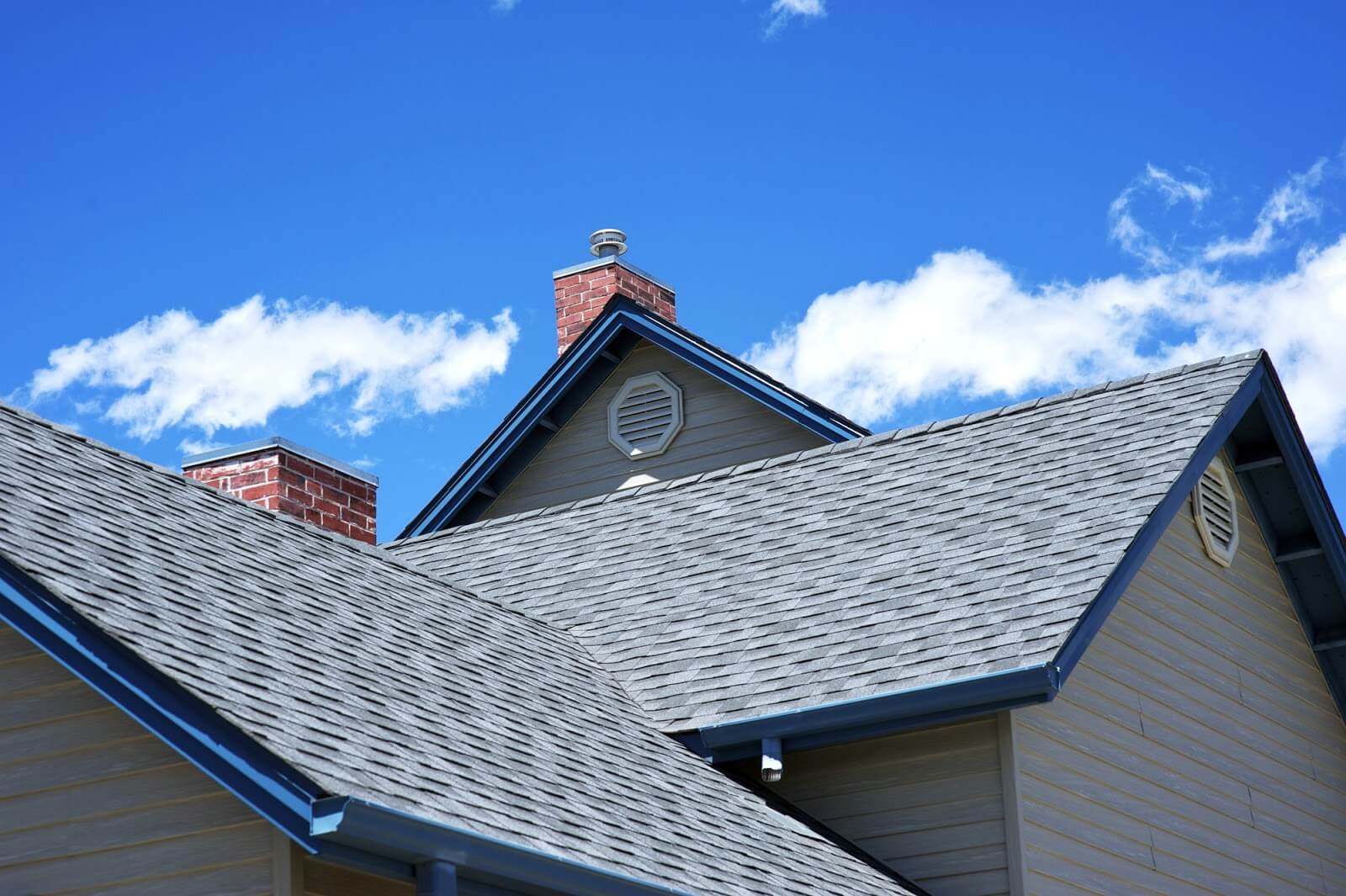
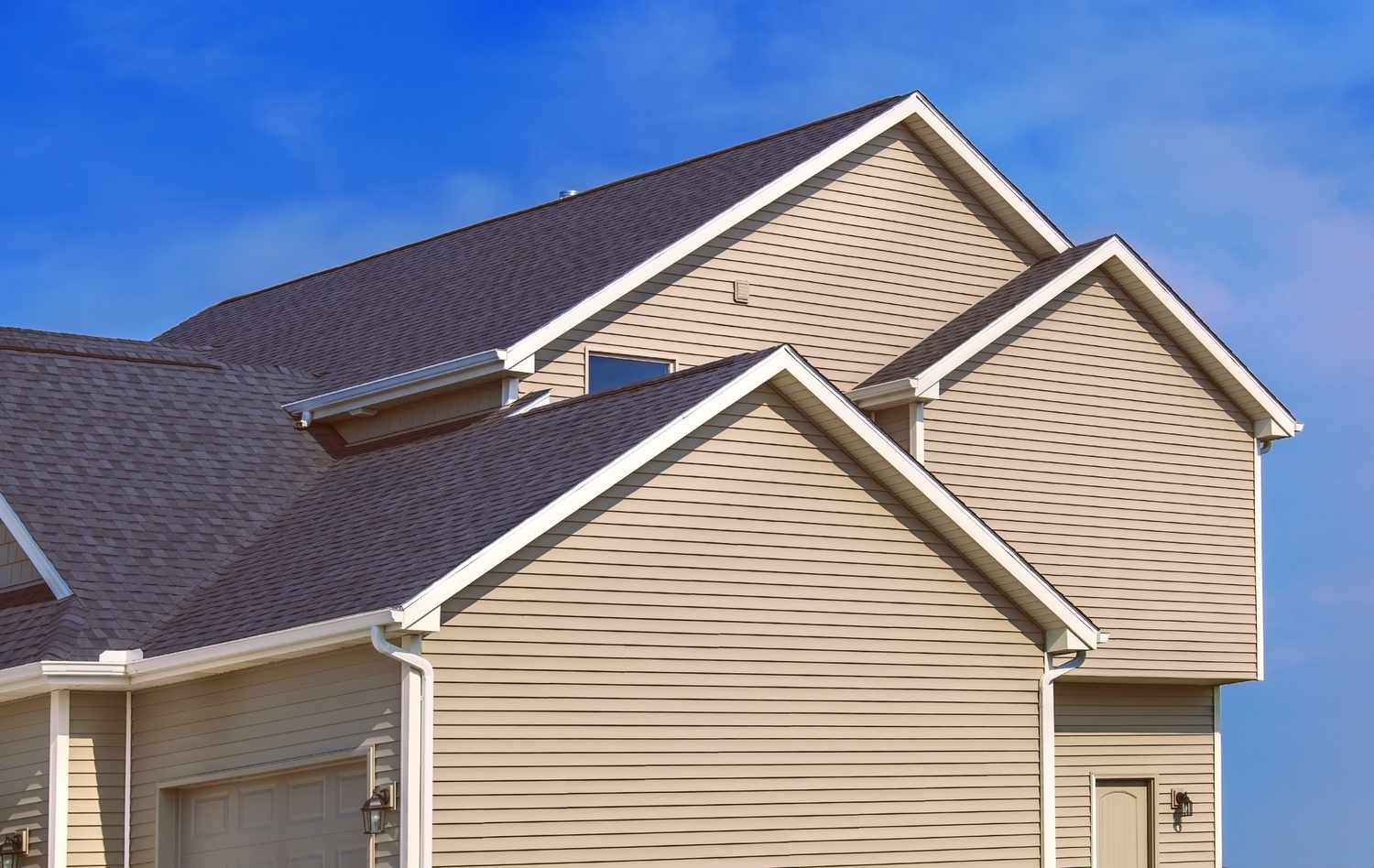
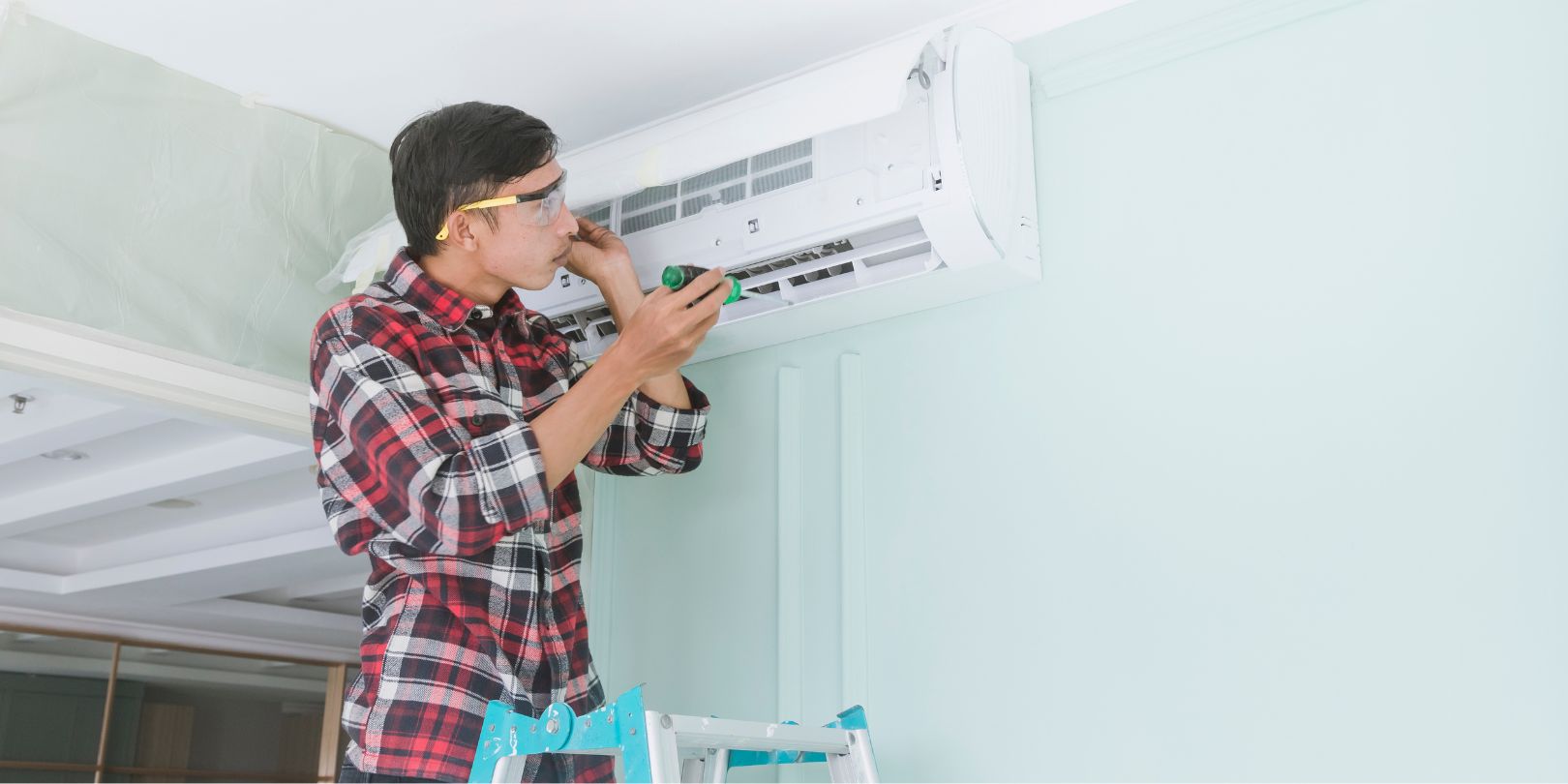

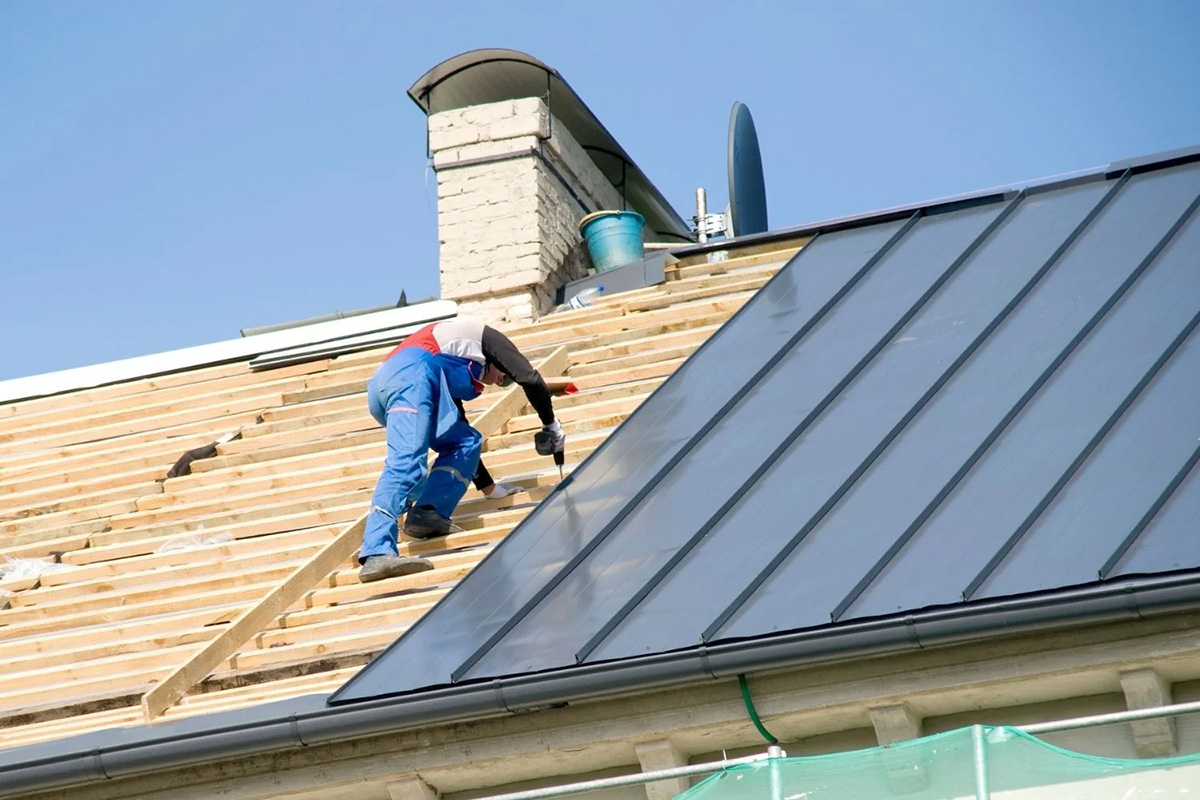
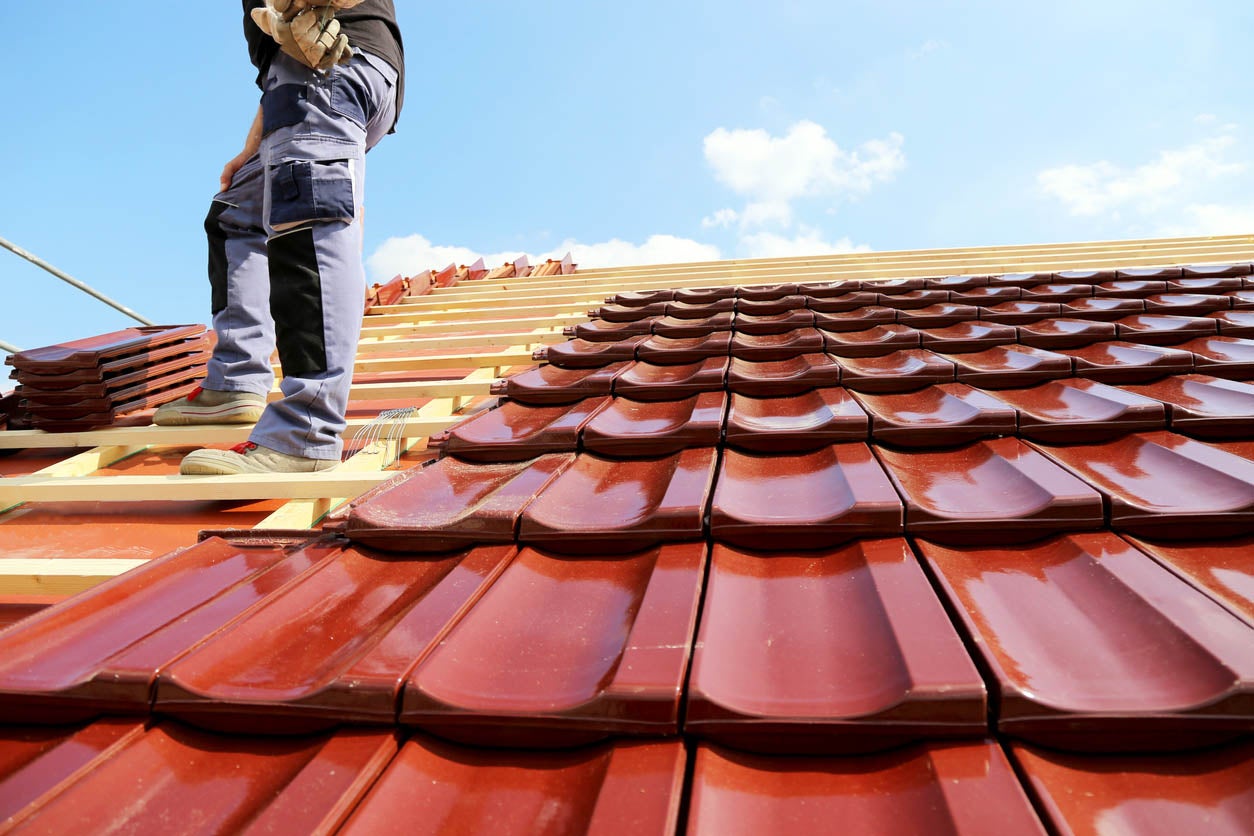

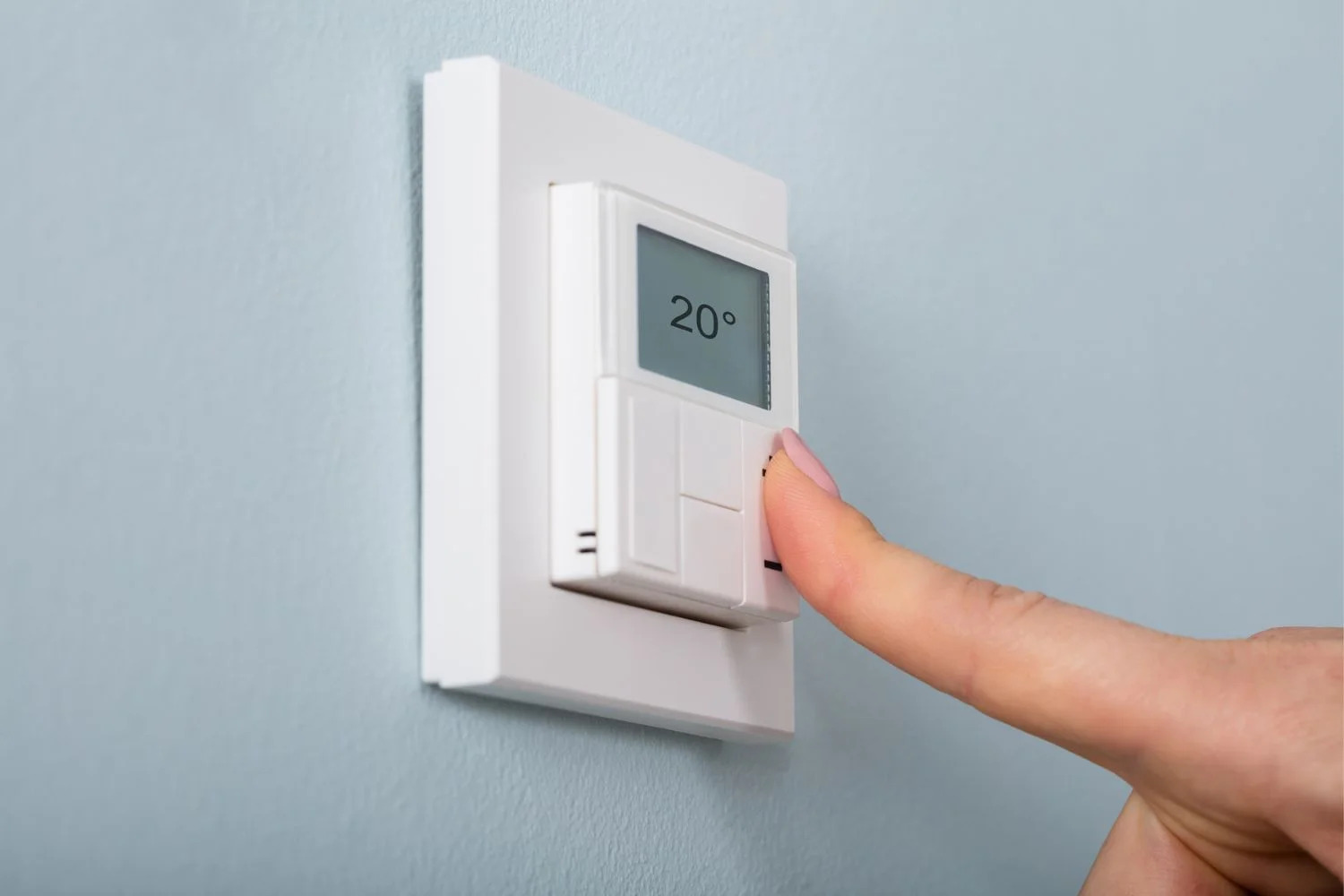

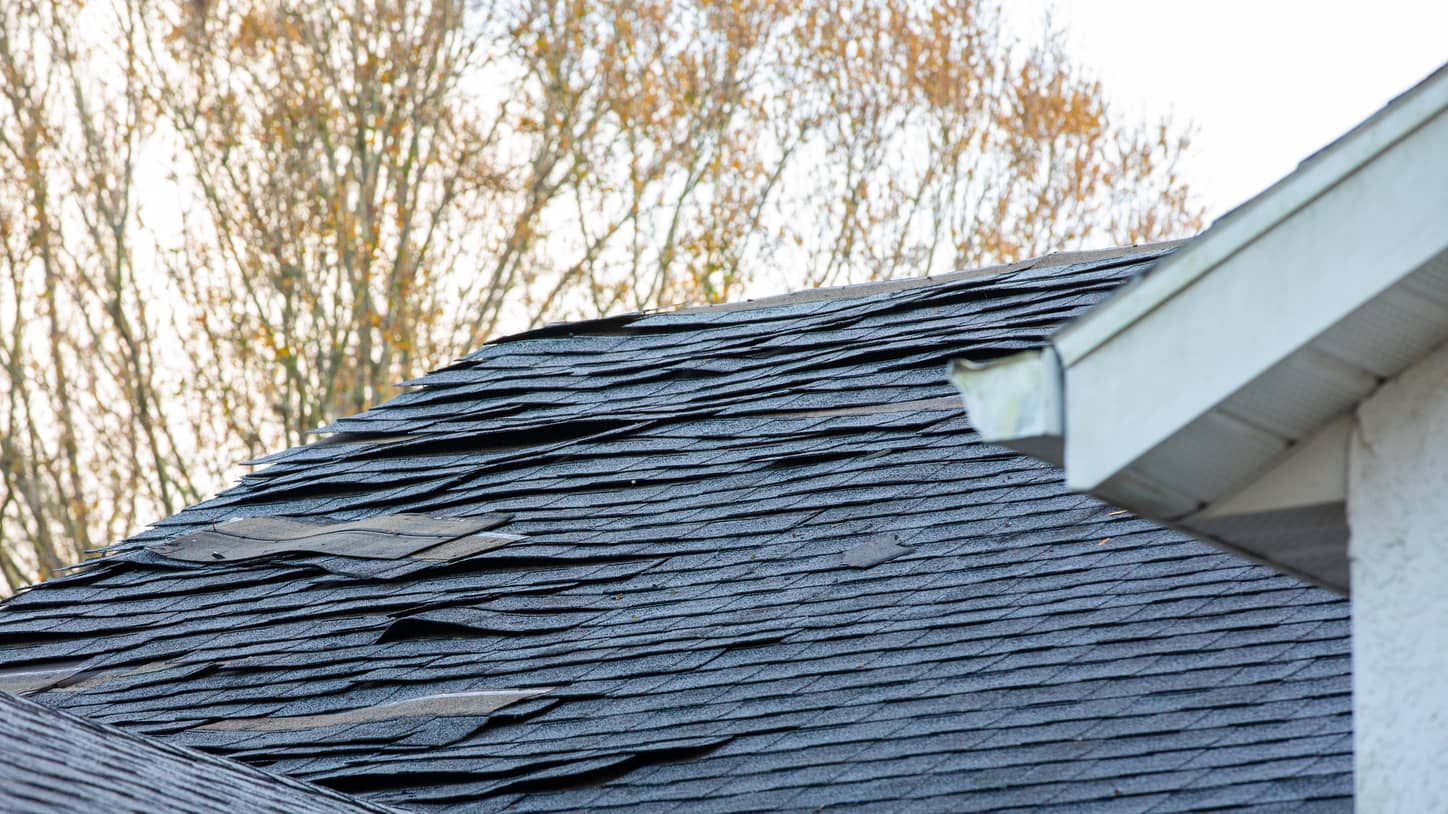
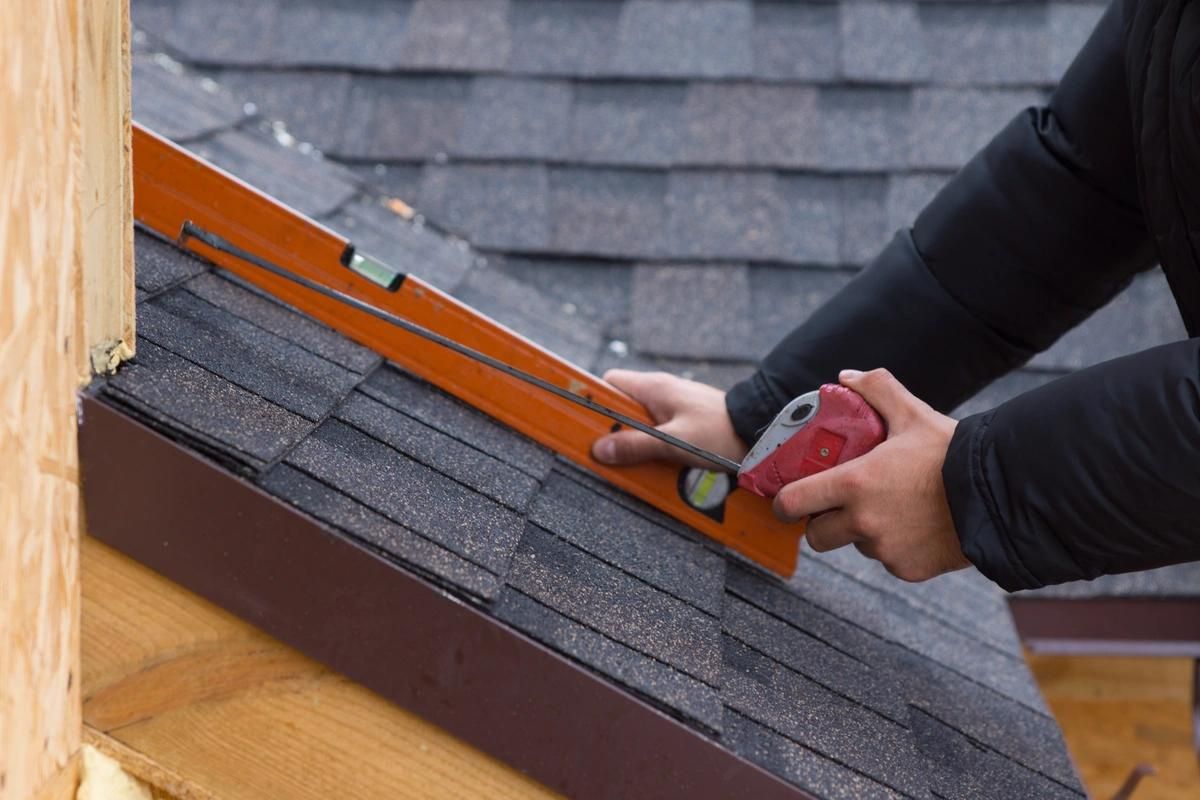

0 thoughts on “When To Replace Your Roof: Signs To Watch For”